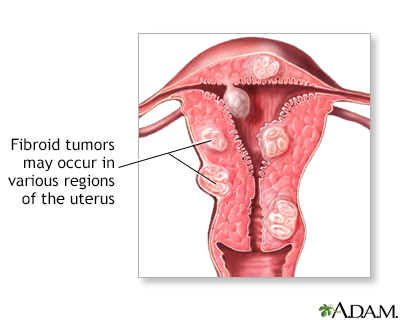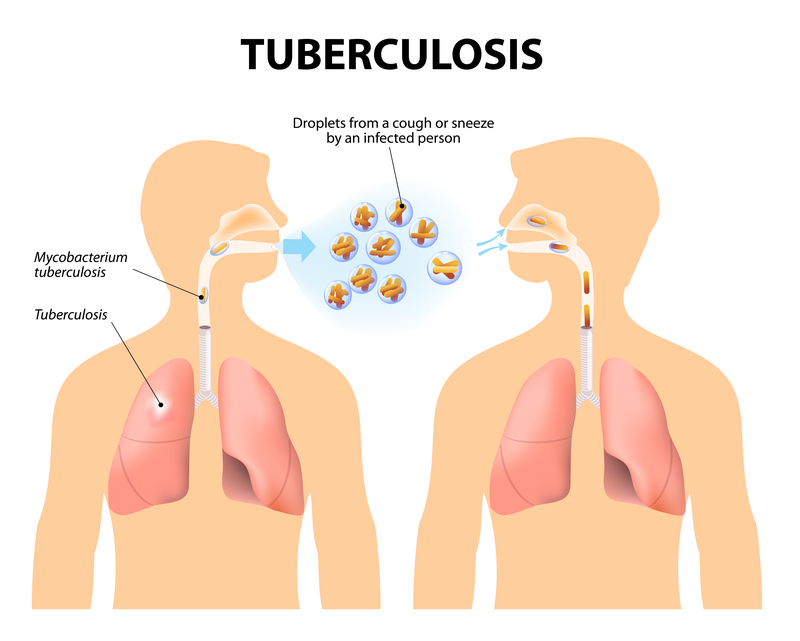Vaginal Odor; All you need to know about it

Definition
According to Mayo Clinic website, vaginal odor is any odor that originates from the vagina. It’s normal for your vagina to have a slight odor. But, a strong vaginal odor — for instance, a “fishy” smell — might be abnormal and could indicate a problem.
Abnormal vaginal odor that happens because of infection or another problem is usually associated with other vaginal signs and symptoms such as itching, burning, irritation or discharge.
Vaginal odor may vary throughout your menstrual cycle and may be especially noticeable right after having sex. Normal sweating also can cause a vaginal odor. Though it may be tempting to douche or use a vaginal deodorant to decrease vaginal odor, these products may actually increase irritation and other vaginal symptoms.
Bacterial vaginosis — an overgrowth of normally occurring vaginal bacteria — is the most common vaginal infection that causes a vaginal odor. Trichomoniasis — a sexually transmitted infection — also can lead to vaginal odor. Chlamydia and gonorrhea infections usually don’t cause vaginal odors. Neither do yeast infections.
Generally, if you have vaginal odor without other vaginal symptoms, it’s unlikely that your vaginal odor is abnormal.
Common causes of abnormal vaginal odor include:
- Vaginitis
- Poor hygiene
- A retained or forgotten tampon left in place for several days
- Trichomoniasis
Less commonly, abnormal vaginal odor may result from:
- Rectovaginal fistula (an abnormal opening between the rectum and vagina that allows feces to leak into the vagina)
- Cervical cancer
- Vaginal cancer
All the Smells a Healthy Vagina Can Be
According to Health Line, a healthy vagina smells like a lot of different things — flowers isn’t one of them.
Yeah, we’ve seen those scented tampons ads too. And it seems to us like all that flowery sunshine is another example of the world getting vaginas all wrong.
Just take a quick trip to your local drugstore. You’ll find a wall full of products promising to mask the natural way your vagina smells. Like douching. Widely acknowledged by the medical community as harmful to the natural balance of vaginal flora, this common tool that cleans the vagina might actually cause bacterial vaginosis instead.
1. Tangy or fermented
It’s very common for vaginas to produce a tangy or sour aroma. Some compare it to the smell of fermented foods. In fact, yogurt, sourdough bread, and even some sour beer contain the same type of good bacteria that dominate most healthy vaginas: Lactobacilli.
If it smells curiously similar to that sour IPA you had last weekend, don’t freak out.
Reasons for a tangy odor
- Acidity. The pH of a healthy vagina is slightly acidic, between 3.8 and 4.5. “The Lactobacilli bacteria keep the vagina acidic,” says Minkin. “This protects against an overgrowth of the bad kinds of bacteria.”
Many people report smelling a coppery, metallic vaginal odor. This is usually nothing to worry about. Rarely, it signifies a more serious problem.
Reasons for a coppery odor
- Blood. Blood contains iron, which has a metallic smell. The most common reason for blood is menstruation. During your period, blood and tissue shed from your uterine lining and travel through your vaginal canal.
- Sex. Light bleeding after sex can be common. This is usually due to vaginal dryness or vigorous sex that can cause small cuts or scrapes. To prevent this, try using lube.
A coppery smell can also be due to less common, but serious, causes of vaginal bleeding. The metallic scent shouldn’t linger too long after your period is over. If your vagina has had contact with semen, this may change the pH level and cause a metallic smell.
If you’re experiencing bleeding unrelated to your period or the metallic smell continues with itching and discharge, it’s best to see a doctor.
When we say sweet we don’t mean freshly baked cookies sweet. We mean robust and earthy. But don’t fret, a sweetish tinge is no cause for concern.
Reasons for a sweet odor
- Bacteria. Yep, bacteria again. Your vaginal pH is an ever-changing bacterial ecosystem. And sometimes this means you might smell a little sweet.
An odor similar to bleach or ammonia could be a couple different things. Sometimes, this odor is reason to see a doctor.
Reasons for a chemical odor
- Urine. Urine contains a byproduct of ammonia called urea. A buildup of urine in your underwear or around your vulva could put off a chemical smell. Keep in mind, urine smelling strongly of ammonia is a sign of dehydration.
- Bacterial vaginosis. It’s also possible a chemical-like smell is a sign of bacterial vaginosis. “A chemical smell often falls under the category of fishy,” says Minkin.
Bacterial vaginosis is a very common infection. Symptoms include:
- a
foul or fishy odor - thin
gray, white, or green discharge - vaginal
itching - burning
during urination
No, it’s not just you. Many people find a similarity between body odor and marijuana. Sadly, there isn’t a good scientific answer for this, although Vice did take a stab at it. But thanks to the sweat glands down there, at least we do know why vaginas and body odor can smell so similar.
Reasons for a skunky odor
- Emotional stress. Your body contains two types of sweat glands, apocrine and eccrine. The eccrine glands produce sweat to cool your body down and the apocrine glands respond to your emotions. These apocrine glands populate your armpits and, you guessed it, your groin.
When you are stressed or anxious, the apocrine glands produce a milky fluid. On its own this fluid is odorless. But when this fluid contacts the abundance of vaginal bacteria on your vulva, it can produce a pungent aroma.
You’ve probably heard an abnormal vaginal odor described as fishy. In fact, fresh fish shouldn’t smell like much at all. Decomposing fish is the more apt comparison. Why? Trimethylamine, which is the chemical compound responsible for both the distinct aroma of rotting fish and some abnormal vaginal odors.
Reasons for a dead fish odor
- Bacterial vaginosis. “You get bacterial vaginosis when there’s an overgrowth of anaerobic bacteria in the vagina,” says Minkin. “And these anaerobic organisms are odorous.”
- Trichomoniasis. Trichomoniasis is the most common curable sexually transmitted infection and easily treatable with a course of antibiotics. It’s known for its pungent fishy odor. “The trichomoniasis infection can be quite smelly,” says Minkin. “It’s a more pronounced fishy odor than bacterial vaginosis.”
In rare cases, a fishy smell is indication of a more serious condition.
A rotten odor that makes your nose wince and your face contort is definitely not the norm. If the smell is putrid, like a dead organism, it may not be your vagina but something in your vagina.
Reasons for a rotten odor
- A forgotten tampon. Inadvertently letting a tampon go days, even weeks, inside a vagina is much more common than you’d think. “I can’t tell you how many tampons I’ve taken out of patients,” says Minkin. “This happens to lots and lots of people. It isn’t something you need to be embarrassed about.”
Fortunately, Minkin says it’s perfectly safe to remove a forgotten tampon on your own.
In general, abnormal odors should be easy to spot. They’re the ones that make your face scrunch up. Rotting fish, dead organism, decay — these are all red flag odors.
If there’s a serious cause, often other symptoms will appear alongside the smell.
See your doctor if an odor is accompanied with:
- itching or burning
- pain
- pain during sex
- thick, cottage cheese discharge
- vaginal bleeding unrelated to your period
Subtle shifts in your vaginal fragrance is normal. Remember, the way your vagina smells has everything to do with its pH. And there are lots of things that affect your pH.
Take penile vaginal sex, for instance. Semen has a relatively high pH, so it’s super normal to notice a different kind of smell after you’ve had penile vaginal sex. Don’t worry though, this change is only temporary.
Menopause also has an effect on vaginal pH. “Due to a lack of estrogen, women in menopause end up with less vaginal mucosa,” says Minkin. “Vaginal mucosa lines the vagina and nurtures the Lactobacilli bacteria. So, without these cells you can end up with a much higher pH.”
Our advice? Don’t be afraid to really get to know your vagina, in all its fragrant glory. The better you understand the smells your vagina produces day to day, the more prepared you’ll be when something goes amiss. After all, vaginas do so many wonderful things for us. It’s about time we start understanding what they’re really all about.
Culled from Health line and Mayo Clinic













